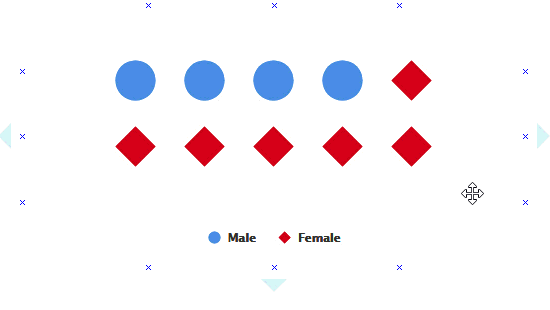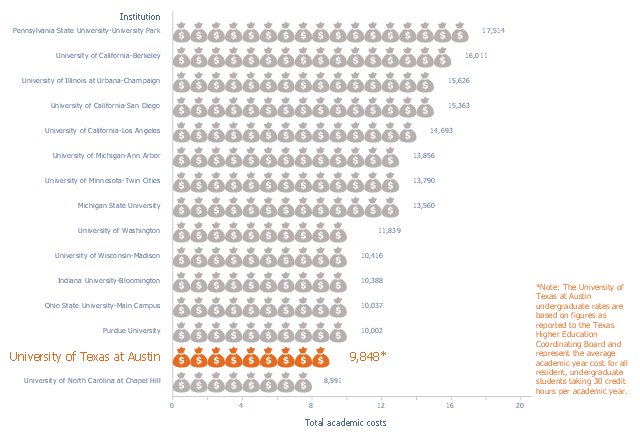
Best part, they get to take it home after we're done. They love adding pieces throughout the unit of study. My students are riveted by this process and keep their focus during critical instructional moments.

Students neighbor pair-share, negotiate for meaning, and apply the term to new contexts. Students say it and do it as facilitated practice (guided practice) with the teacher.ĥ. They represent different quantities with differently scaled pictures. Teacher models the pronunciation of a key term (vocabulary word) along with a gesture (preferably ASL).Ĥ. Pictorial charts are a popular form of data visualization in media. Lead with the visual (real object, materials, experiment, picture, sketch, etc.)Ģ. If we provide the right amount of information in the right way, students use it to springboard into their own learning with little intervention from me.ġ. It could either be the concluding figure from the article or. We use the motto less is better with direct instruction. This is a single, concise, pictorial and visual summary of the main findings of the article.
PICTORIAL CHART HOW TO
Please do not use unnecessary white space or a heading “graphical abstract” within the image file.Ī basic visual/graphical abstract template is provided below in the "further reading & resources" section along with advice and further tips on how to create one.We use neuromarketing and neurolinguistic techniques along with cognitive psychology to get students to learn it the first time around. Any text or label must be part of the image file.
PICTORIAL CHART PDF

Please note that, just as each paper should be unique, so each graphical abstract should also be unique.

Graphical abstracts should be submitted as a separate file in the submission system by selecting “graphical abstracts" from the drop-down list when uploading files. In particular, the average annual use of an article is doubled when compared with those without a visual abstract.Īuthors must provide an original image that clearly represents the work described in the paper. Research has shown that articles which have graphical abstracts are beneficial both in terms of views of the article as well as increased activity on social media. The graphical abstract will be displayed in online search result lists, the online contents list and the article on ScienceDirect, but will typically not appear in the article PDF file or print.Ī graphical abstract should allow readers to quickly gain an understanding of the take-home message of the paper and is intended to encourage browsing, promote interdisciplinary scholarship, and help readers identify more quickly which papers are most relevant to their research interests. It could either be the concluding figure from the article or better still a figure that is specially designed for the purpose, which captures the content of the article for readers at a single glance.

This is a single, concise, pictorial and visual summary of the main findings of the article. Journals are increasingly requesting the submission of a “graphical” or “visual abstract” alongside the body of the article.


 0 kommentar(er)
0 kommentar(er)
